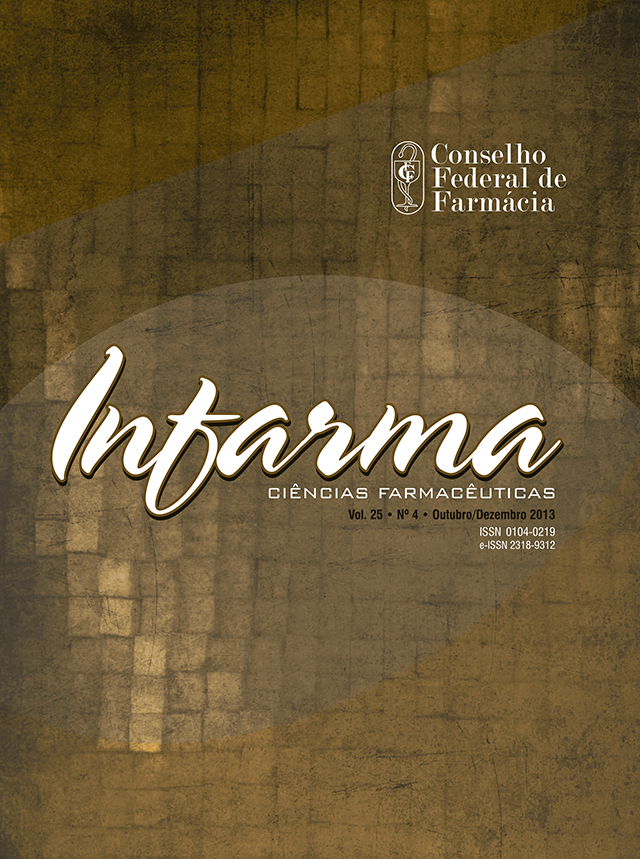IMPLANTAÇÃO DE UMA COMISSÃO DE CONTROLE DE INFECÇÃO HOSPITALAR EM UM HOSPITAL VETERINÁRIO DA REGIÃO NOROESTE PAULISTA.
DOI:
https://doi.org/10.14450/2318-9312.v25.e4.a2013.pp215-222Palavras-chave:
programa de controle de infecção hospitalar, infecção hospitalar, veterinária.Resumo
Os hospitais veterinários possuem características que os distinguem de hospitais humanos. No entanto, os princípios básicos de assepsia, desinfecção, esterilização e uso de antimicrobianos são semelhantes. O objetivo deste trabalho foi implementar uma Comissão de Controle de Infecção Hospitalar (CCIH), visando monitorar e diminuir os índices de Infecções Hospitalares (IH) e o desenvolvimento de cepas resistentes. A implementação da CCIH, bem como seus Procedimentos Operacionais Padrão (POP’s) ocorreram no período entre 02 de março a 30 de setembro de 2009, no Hospital Veterinário ‘Dr. Halim Atique’, em São José do Rio Preto – SP. As principais medidas executadas foram a utilização do álcool 70% na forma farmacêutica de gel e programa de treinamento de higienização correta das mãos. Adequação do uso do digluconato de clorexidina 2% para assepsia cirúrgica em substituição a polivinilpirrolidona-iodo 10%, por seu maior efeito residual. Outra medida foi à troca do glutaraldeído 2% por ácido peracético 35% para desinfecção e esterilização química de materiais, além da utilização e monitoramento dos métodos de esterilização em autoclaves por meio de controles químico e microbiológico. Apesar de não haver legislação vigente para as CCIHs em hospitais veterinários, essas medidas são ferramentas imprescindíveis para a redução das infecções, devendo ser executadas adequadamente e monitoradas.
Downloads
Publicado
Como Citar
Edição
Seção
Licença
Autores que publicam nesta revista concordam com os seguintes termos:- Autores mantém os direitos autorais e concedem à revista o direito de primeira publicação, com o trabalho simultaneamente licenciado sob a Licença Creative Commons by NC ND que permite o compartilhamento do trabalho com reconhecimento da autoria e publicação inicial nesta revista.
- Autores têm autorização para assumir contratos adicionais separadamente, para distribuição não-exclusiva da versão do trabalho publicada nesta revista (ex.: publicar em repositório institucional ou como capítulo de livro), com reconhecimento de autoria e publicação inicial nesta revista.
- Autores têm permissão e são estimulados a publicar e distribuir seu trabalho online (ex.: em repositórios institucionais ou na sua página pessoal) a qualquer ponto antes ou durante o processo editorial, já que isso pode gerar alterações produtivas, bem como aumentar o impacto e a citação do trabalho publicado (Veja O Efeito do Acesso Livre).


